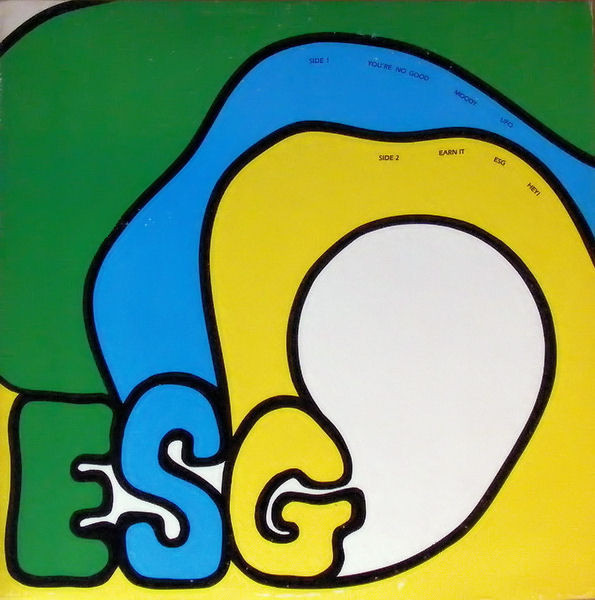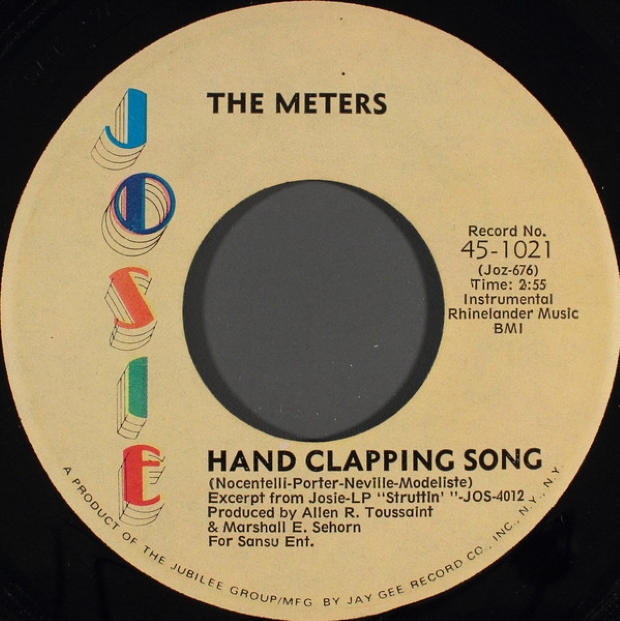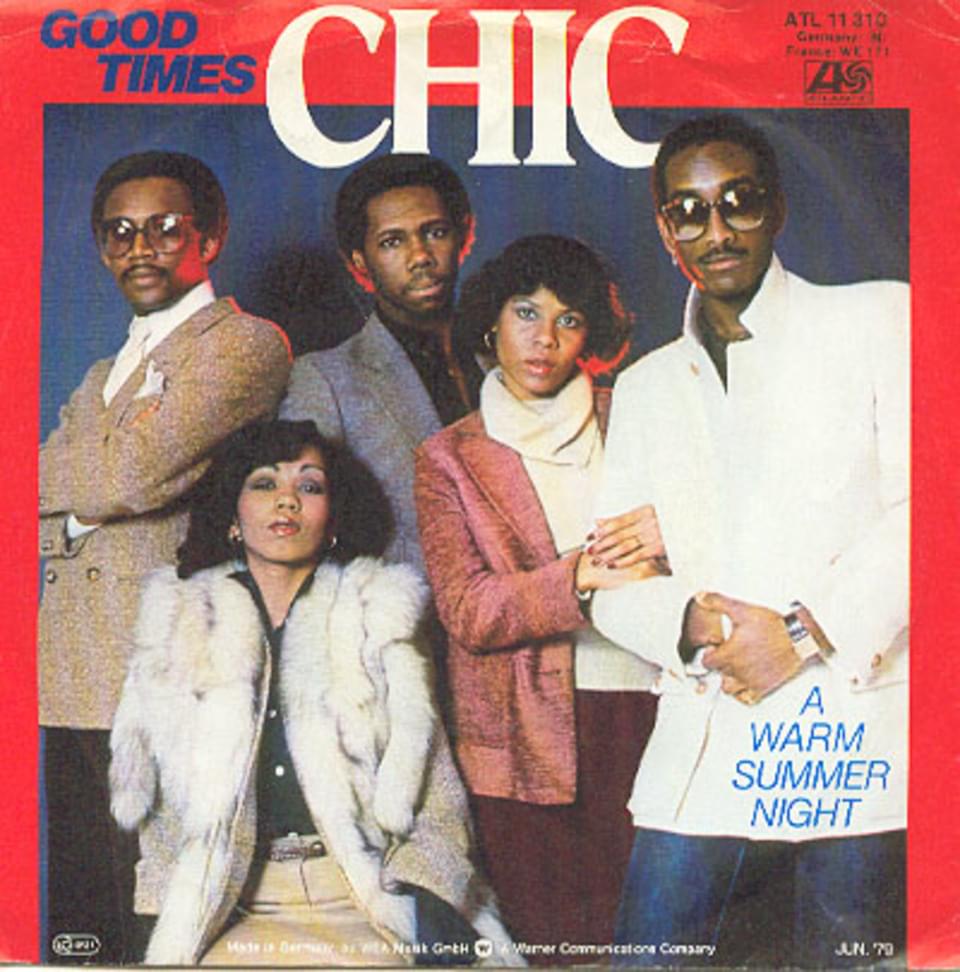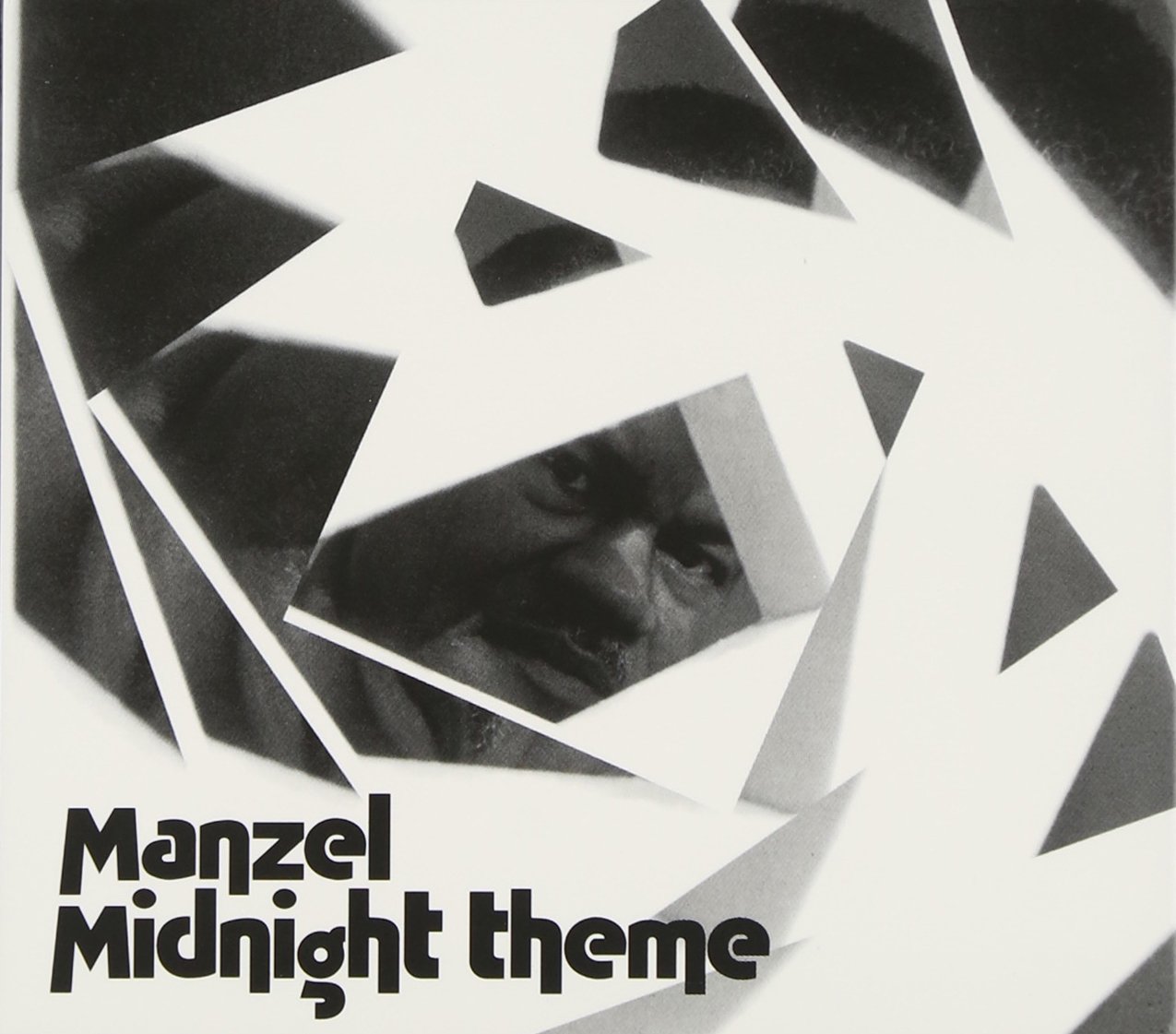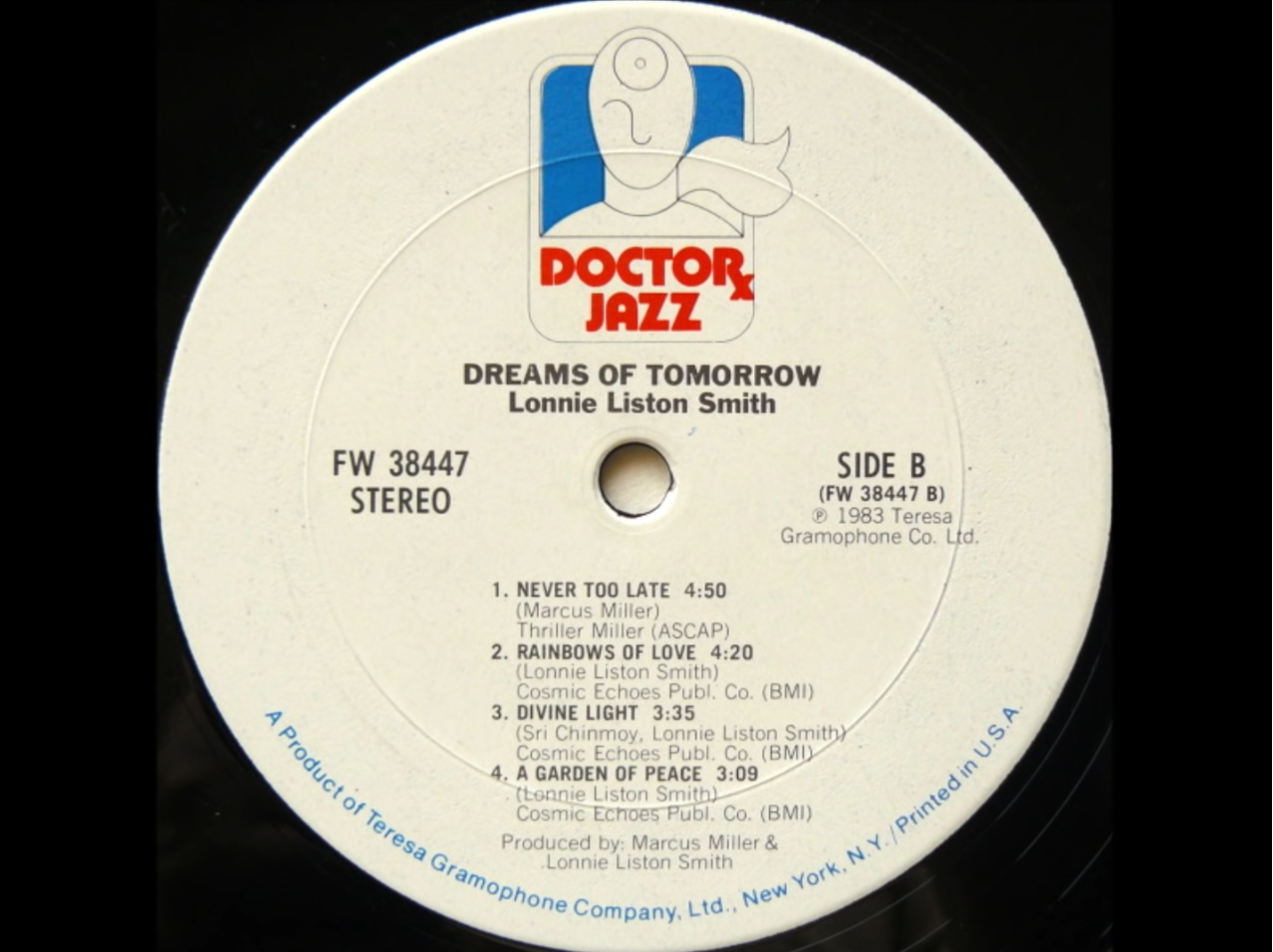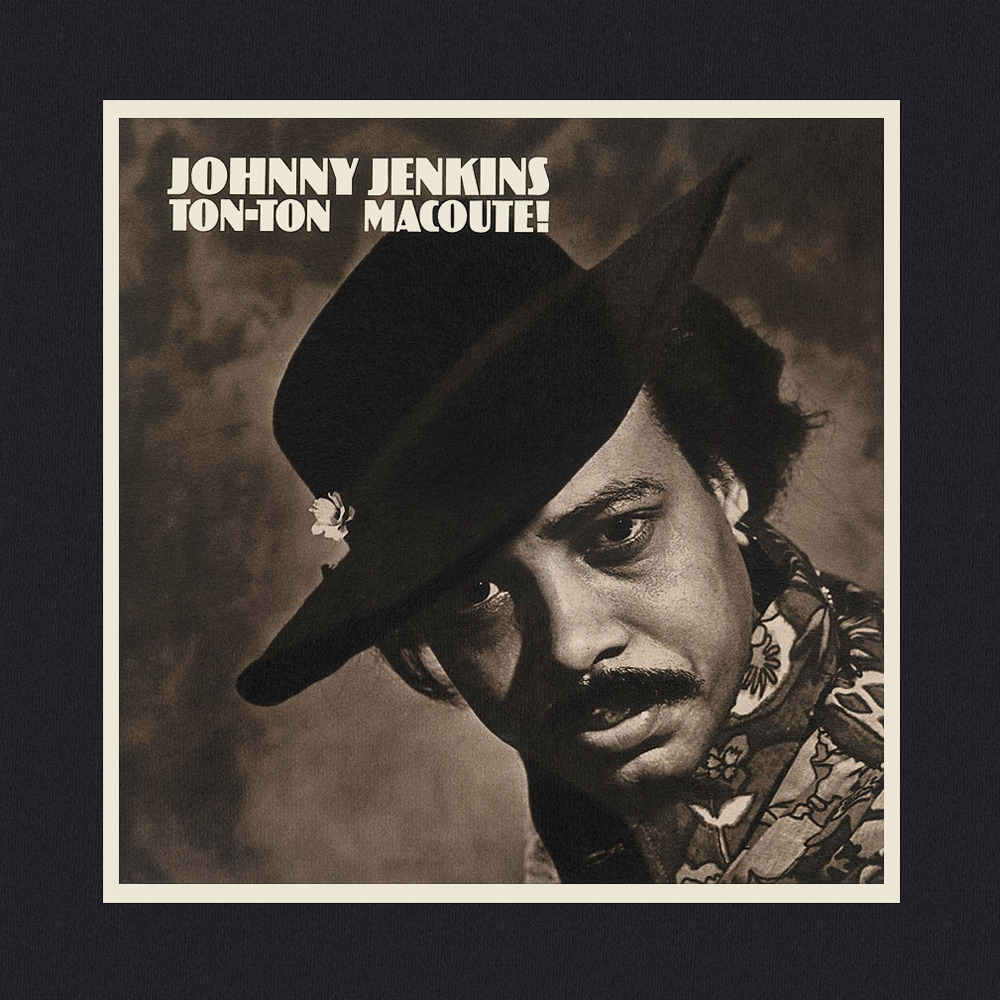Back around Dilla Day, I took a look at one of the most famous sirens in hip-hop and dance music -- the wooooop that kicked off Mantronix's 1988 sample-collage classic "King Of The Beats" and became Dilla's signature drop during the last few years of his life.
And while it's a funny sort of example of how you don't even need to use a melody or a break to create an instantly recognizable touchstone of a sample, there's an even more unlikely, instantly recognizable sound in the same vein. It's one that hip-hop and a host of other genres made into an enduring moment of recurrent and exciting noise even though it was bizarre and borderline abrasive: that unearthly, oscillating, torn-aluminum creak that signals the titular extraterrestrial touchdown in ESG's instrumental "UFO."
It might not be a huge mystery just how ESG made it into so many crates -- they were from the South Bronx, peaked right when the early Roxy-fueled hip-hop/punk crossover of Downtown NYC was at its height, and were thoroughly danceable in pretty much any mode. (Exhibit A: Larry Levan/Frankie Knuckles/Haçienda heavy rotation jam "Moody.") But why this piece of their music seems a little harder to grasp at first. Maybe we can figure it out from here.
The Original: ESG, "UFO" (from ESG EP, 99 Records, 1981)
The basics: ESG -- short for "Emerald, Sapphire & Gold" (as in two birthstones and a record-sales aspiration) -- were formed in the South Bronx by the Scroggins sisters in 1978. Guitarist Renee, bassist Deborah, drummer Valerie, and conga player Marie were encouraged to play music by their parents, who considered it a good way to stay out of trouble.
But while they started out amateurishly -- Renee admitted to the Chicago Tribune's Greg Kot last year that in cover-band mode, "we were horrible" -- they soon set upon the idea that if they focused more on creating their own music, they could find a more comfortable kind of self-expression that didn't have to rely on somebody else's rules.
If that sounds a lot like punk rock, well, yeah; the idea of a young group of musicians going "I can do that too" and playing short, simple, but effectively punchy and lively songs without having to be virtuosos wasn't invented by or limited to the Ramones by a long shot. And where a groundswell of Beatles- and Stones-infatuated '60s kids emerged to create a loud-and-simple subgenre now known as garage rock, the Scroggins sisters and their conga player friend Tito Libran were the '70s funk equivalent: James Brown and Rufus and Earth, Wind & Fire all stripped down to the big, deep, rhythmic core. No horn sections or keyboards, just the raw essence of groove.
If that sounds a lot like what some other folks in that part of the borough were doing with a pair of turntables and a bunch of expertly cued drum breaks, then you could easily call ESG the live-band answer to hip-hop's rhythmic revolution, a credit worth adding to their status as the first real prototype for dance-punk.
With their no wave-adjacent up-and-comer status opening NYC shows for the likes of Factory Records roster members A Certain Ratio (who had their own thing going with reinterpreting classic hip-hop-friendly funk breaks), their mutant funk caught the ear of producer Martin Hannett, who took a job producing their 1981 debut EP and therefore created the first and strongest connection between Joy Division and hip-hop for about 35 years. "UFO" was cut to tape because there were a few minutes left on the reel they didn't want to go to waste, and Renee's conceptual instrumental -- Close Encounters Of The Third Kind bypasses Devil's Tower and heads for the BX -- opened with her distorted guitar, creating the sound that's been setting hairs on end ever since. I still can't figure out just what she did to get that tone; all the live performances I could find are from the group's more recent years and sound like, well, a guitar.
The First Sample: Cut Master D.C., "Brooklyn Rocks the Best" (12", Zakia, 1986)
Tracking down the earliest usage of "UFO" in any recorded medium might result in a few block party, park jam, and live show mixes -- like this 1982 set featuring the Force MDs when they were still called the Force MCs. But as far as contemporaneous commercial releases go, let's give it to Brooklyn MC/DJ Cut Master D.C., whose relatively brief string of mid '80s singles culminated in this foot-in-the-door response to the Queens/South Bronx "Bridge Wars" between Mr. Magic and Marley Marl's Juice Crew and the Red Alert-affiliated Boogie Down Productions.
Call it a buttinski bandwagon entry into a legendary two-borough beef if you want -- it's more diplomatic than combative anyways (in the matter of the unnamed "The Bridge" vs. "South Bronx," the verdict is that "both them jams are fly") -- and dig down a bit into your irony reservoirs if you want to parse the idea of a Brooklyn-repping cut sampling the extremely South Bronx ESG. But it's a good stake-claiming to not only lift the sirens, but also interpolate that minimalist descending bassline. Bonus points for using the old "I'm [NAME HERE] and I'm here to say" line to set up a shout-out to his DJ that turns out to be a self-big-up.
The Early Sample: Big Daddy Kane, "Ain't No Half-Steppin'" (from Long Live the Kane, Cold Chillin', 1988)
https://youtube.com/watch?v=2l2O-JOXG_I
Speaking of the Juice Crew: if all Marley Marl did was figure out how to record drum sounds from his old record collection into his drum machine back in '84, dayenu, but being a god-tier beat-builder in the mixing and juxtaposition sense makes him a hip-hop hall of fame first ballot entrant. Did he absolutely need to layer that siren over the already-brilliant usage of the cheerfully funky Stax soul loop from the Emotions' "Blind Alley"?
Well, you can hear a few mid-verse bars where he stifles it, and it's still a hot beat, but something about the way the foreboding dizzy panic of the "UFO" loop is mixed with the jaunty "Blind Alley" organ/bass/drums sample just hits right: you simultaneously vibe into the mindstate of both someone about to get knocked out the box by Kane's battle-ready style, and a fan getting to be all kinds of giddy about the prospect of watching him dismantle a pretender. Weird how the titular Heatwave sample/reference in the hook is almost an afterthought by comparison, but there's nothing wrong with being the fourth-most memorable element of a Big Daddy Kane track. (The first-most is Kane, BTW.)
The Breakthrough Sample: The Notorious B.I.G., "Party and Bullshit" (from Who's the Man? OST, Uptown/MCA, 1993)
Brooklyn was the first to flip it, and now here's Brooklyn being the best to flip it -- via both Biggie and Bed-Stuy's Easy Mo Bee, the producer who somehow became even more important to music history after making beats for Miles Davis's final album. I'm not even cheating by picking this track based on how berserk B.I.G. sounds on it, either: the "UFO" sample hit critical mass saturation sometime between 1988 (Public Enemy's "Night Of The Living Baseheads," Masters Of Ceremony's "Rock Steady," the aforementioned Kane track) and 1990 (N.W.A.'s "100 Miles And Runnin'," Masta Ace's "The Other Side of Town," LL Cool J's "Mr. Good Bar," ), yet here it is in '93 sounding less washed than Dirty Dee.
The secret production-wise is similar to Marl's in that Easy Mo Bee fuses the siren with a much more relaxed-sounding loop -- in this case, the organ/guitar harmonies from Johnny "Hammond" Smith's version of the Jackson 5's "I'll Be There" -- and layering the two so the sirens and organ melt into each other to sound richer, which brings the guitar further up front. So you get a track that sounds amped and mellow at the same time, at least before Biggie comes in with his pendulum swung all the way to the "amped" side. But the whole "astonishing debut single from one of the greatest MCs to ever pick up a mic" thing is a pretty good way to use a beat like this, though, right?
The Weirdo Sample: Liars, "Tumbling Walls Buried Me In The Debris With ESG" (from They Threw Us All In A Trench And Stuck A Monument On Top, Gern Blandsten Records, 2001)
Because I have a case of Problem Brain, the first thing I think of when this band that I legitimately enjoy comes up is the one year Pitchfork Festival had a comedy stage in 2010: the sound from the main music stage was so loud that Hannibal Buress threatened to start "the world's most obscure beef" with Liars. The second thing I think of is this track, which blurs the lines between sample/interpolation/cover/homage/parody so thoroughly that I almost forget it has lyrics sometimes. (Not that they're forgettable, though: "I'd rather be lost than found/ Rather be heard than right/ Rather be sick than dead/ Rather be loved than not loved (again)" is a beast of a hook.)
The title would be a self-sample-snitch if it wasn't a deeply obvious acknowledgement after all this time of "UFO" being looped. But there's also something a bit off-kilter about having a song like this that serves as such a brisk reminder that ESG were just as much an influence on the downtown NYC no wave/post-punk world as they were on hip-hop. They were labelmates on 99 Records with Liquid Liquid, after all, and I trust you know that story.
The Recent Sample: Masta Ace feat. AG, "Me & AG" (from The Falling Season, M3 Macmil Music, 2016)
Not sure why, but out of all the most recent usages of the "UFO" siren, I gravitated towards this track from two golden era vets -- which, in contrast to Masta Ace's more famous "Me & the Biz," is not actually just Ace doing his own verse and then imitating A.G.'s voice through means of puppetry.
What it is is a pair of vets coalescing around a KIC Beats-produced track that doesn't throw out its back trying to lard itself up with throwback signifiers, though they are there, judiciously; the "UFO" sample is a mere cameo in the track's DJ Premier-esque scratch/soundbite bridge and the same kind of contextual "I've been doing this forever and still come correct" flavoring that you get from A.G.'s line about coming of age listening to Kurtis Blow. The rest's all new-gen boom-bap that makes the focus on knocking through your speakers more important than any kind of specific nostalgia, even if a lot of the current conventional wisdom considers boom-bap itself nostalgic. Or maybe it's received wisdom. Either way, it sounds more than alive.
